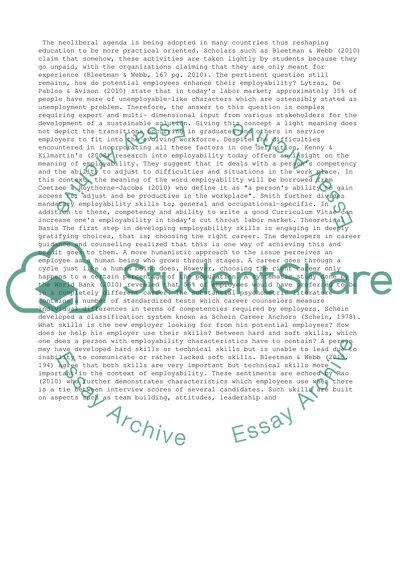Cite this document
(“Enhancing Employability: Analysis of the Employee Market Essay”, n.d.)
Retrieved from https://studentshare.org/business/1398160-enhancing-employability
Retrieved from https://studentshare.org/business/1398160-enhancing-employability
(Enhancing Employability: Analysis of the Employee Market Essay)
https://studentshare.org/business/1398160-enhancing-employability.
https://studentshare.org/business/1398160-enhancing-employability.
“Enhancing Employability: Analysis of the Employee Market Essay”, n.d. https://studentshare.org/business/1398160-enhancing-employability.


